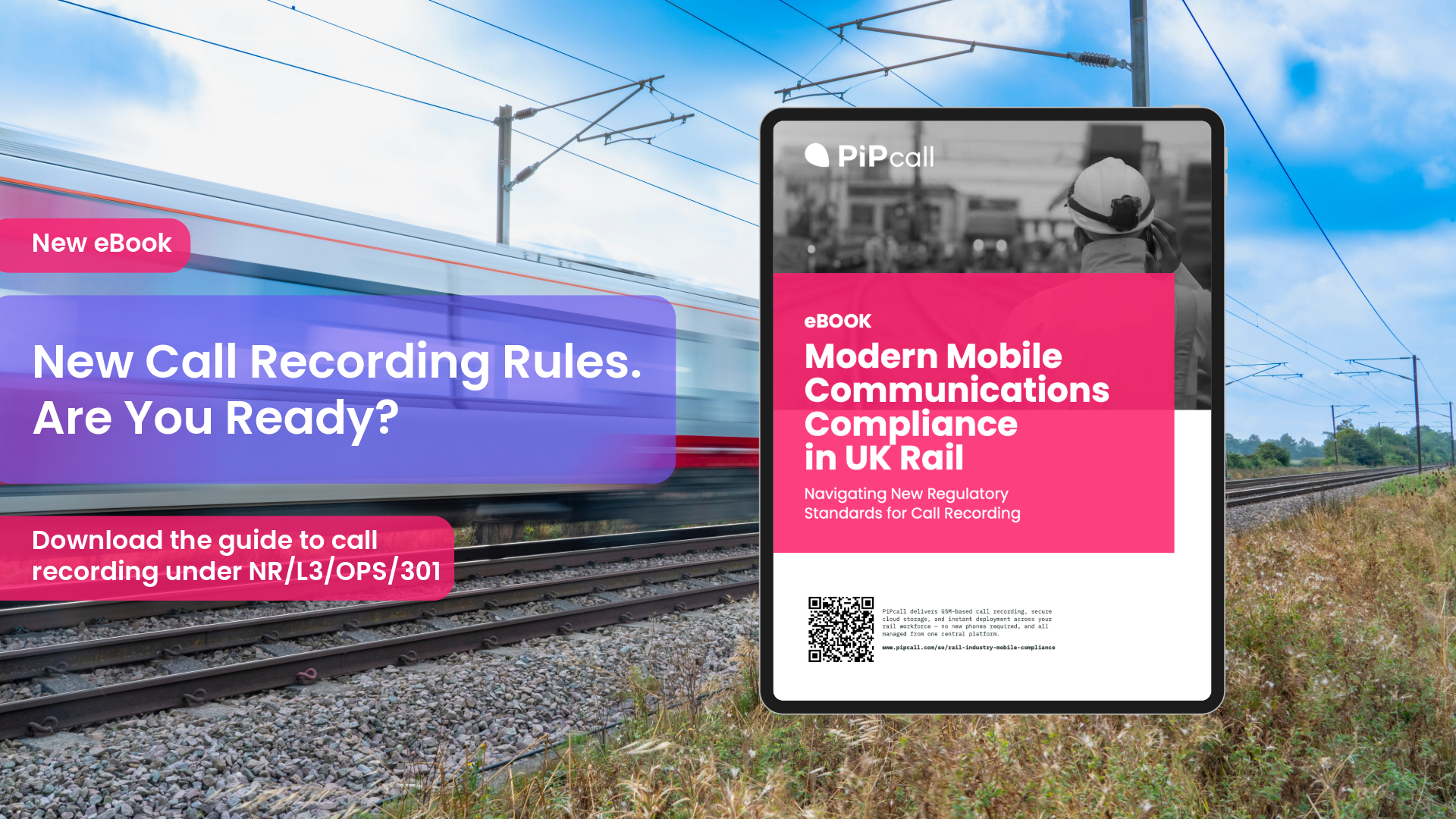Moving your business from traditional SIMs to eSIMs is a strategic move which future-proofs your communications. eSIMs offer numerous benefits for today’s businesses – enhancing flexibility, cost-efficiency and device management. This guide will walk you through the process of transitioning to eSIMs, addressing key considerations and providing actionable steps to ensure a smooth migration.
Understanding eSIM technology
Before initiating the transition, it's crucial to understand what eSIMs are and how they work. Unlike traditional SIM cards, which are physically inserted into devices, eSIMs are embedded digitally. They are programmable and can store multiple network profiles, allowing for easier management of mobile connectivity. The key advantages of eSIMs include:
- Remote activation
- Seamless connectivity
- Cost efficiency
- Enhanced security
- Network flexibility
- Scalability
- Improved sustainability
Transitioning your business to eSIMs: Step-by-step
Step 1: Evaluate your current mobile infrastructure
Your first step is to assess the number of devices in use, their compatibility with eSIM technology and your existing carrier agreements. This evaluation will help you identify which devices need to be replaced or updated and any changes you need to make to your mobile plans.
Device compatibility
Check whether your existing devices support eSIM technology. Most modern smartphones, tablets and smartwatches are eSIM-compatible, but older devices might not be. Make a list of devices that need to be upgraded or replaced.
Carrier support
Contact your mobile carriers to confirm their support for eSIM technology. Ensure that they offer eSIM-compatible plans and find out the specific requirements for transitioning. Switching to a business eSIM specialist, like PiPcall, will guarantee you gain the most benefits for your organisation.
Plan review
Review your current mobile plans to determine if they align with the features and benefits of eSIM technology. Consider whether you need to adjust your contracts or upgrade to an advanced plan, like PiPcall’s Mobile+.
Step 2: Develop a Transition Plan
A well-defined transition plan is essential for a smooth migration to eSIMs. This schedule should include timelines, budget considerations as well as roles and responsibilities.
Timeline
Establish a timeline for the transition, including milestones for device upgrades, carrier changes and eSIM activations. Allow for flexibility in the schedule to accommodate any unexpected challenges.
Budget
Calculate the budget for the transition, including costs for new devices, carrier fees and any additional infrastructure changes. Consider potential savings from reduced logistics and physical SIM card expenses.
Roles
Assign roles and responsibilities to team members involved in the transition. This may include IT staff, procurement teams and department heads. Ensure everyone understands their tasks and deadlines.
Step 3: Upgrade Devices and Infrastructure
Once you have a plan in place, begin upgrading your devices and infrastructure to support eSIM technology.
Procure new devices
Purchase new devices that are compatible with eSIM technology. Ensure that these devices meet your business needs and are compatible with your chosen carriers.
Update infrastructure
If necessary, update your network infrastructure to support eSIM management. This may involve upgrading your Mobile Device Management (MDM) system or integrating new software for eSIM provisioning and management.
Carrier migration
Work with your chosen carrier to migrate your existing mobile plans to eSIM-compatible plans. This may involve updating account information, configuring eSIM profiles and ensuring all devices are properly activated.
Step 4: Implement eSIM Management and Activation
With devices and infrastructure in place, it’s time to start the switch to eSIMs. If you choose PiPcall as your business eSIM provider, our team are also on hand to help with the activation process.
Activation
Use Over-The-Air (OTA) provisioning to activate eSIMs on your devices. This process involves sending digital profiles to the eSIMs via the internet, which are then securely installed and activated. Ensure that your IT team is trained to handle OTA provisioning effectively.
Profiles
Configure and manage eSIM profiles according to your business needs. This may include setting up multiple network profiles, configuring data plans and managing network switches. If you have one, use your MDM system to streamline this process.
Testing
Once activated, conduct thorough testing of eSIMs to ensure that they function correctly across all devices and networks. Address any issues or discrepancies promptly to avoid disruptions in connectivity.
Start the transition with PiPcall
Transitioning your business to eSIMs can provide numerous benefits, including cost savings, enhanced flexibility and improved device management. By following these steps, you can ensure a smooth and successful migration to eSIM technology.
To stay ahead in our rapidly evolving digital landscape, create an account with PiPcall. Simply sign up using our online portal to immediately enjoy the advantages of eSIMs. Whether your business needs unlimited calls and texts or more advanced features like call routing, monitoring and transferring – we have a solution.



.png)


